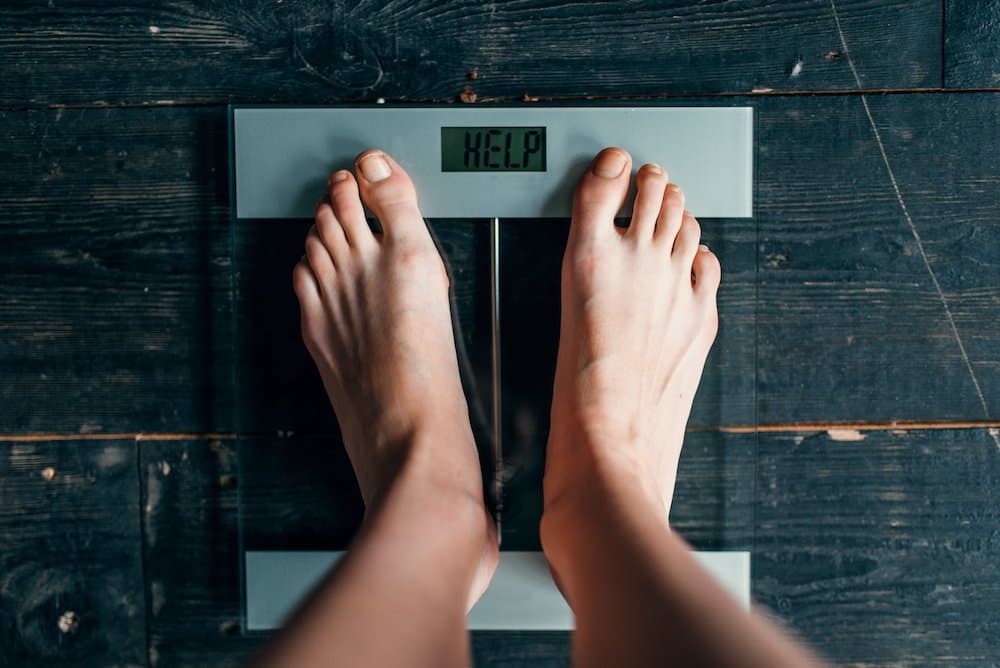
2021-12-29T14:03:24
How to Make New Year’s Resolutions you can Actually Keep
- Weight Management
- Wellness Institute
November 2, 2017 | Wellness Institute

Exercise is an important part of health, but it’s also an area that’s full of misinformation. People regularly take advice from outside resources, whether from friends and family or the internet, and some of the myths that float around can affect the way you get exercise.
Everyone reacts to exercise differently, and what works for one person may not work for another. That said, here are nine myths you should be aware of.
Running is a great workout, albeit one that can put a strain on the knees. Women are at a much higher risk of serious injuries while running than men, due to an imbalance in strength ratios between their quadriceps and hamstrings. A common myth here is that running on a treadmill causes less stress on the knees than running on asphalt or pavement—this is false, and the pressure on joints is the same regardless.
If you’re worried about your knees while running, consider mixing it with other cardio activities like an elliptical machine or a stationary bike. Total-body and strength workouts can also help keep the muscles strong.
Ab crunches and ab-crunching devices can be good for strengthening muscles in the midsection and improving posture, but these muscles have nothing to do with body fat—crunches will not help you get rid of fat in the belly. To burn fat, you need a workout that includes both cardio and strength training.
While it’s true that an aerobic workout boosts your metabolism temporarily, this boost tends to be exaggerated. Your metabolism will indeed continue to burn at a higher rate after an aerobic workout, but the amount is not statistically significant—you can only burn about an extra 20 calories per day. There is a bit larger of a boost after strength training, but still a relatively small one.
Swimming is a great exercise for several parts of fitness, including increasing lung capacity, toning muscles, and burning tension. But unless you’re swimming for hours per day, it won’t help you lose weight—the buoyancy of the water supports the body and stops it from working as hard as it could. In addition, many people are very hungry after swimming and might have trouble sticking with an eating plan.
Yoga can help with some kinds of back pain, but not all. Muscle-related pains can indeed benefit from yoga stretches and positions, which can also help build a stronger core. But other back problems, such as ruptured discs, aren’t likely to be helped by yoga—and yoga might even worsen them. Get your doctor’s okay before starting new exercise programs with back pain.
It’s a common myth that you need to sweat for some period of time, often 45 minutes, to achieve a proper workout. In reality, it’s possible to burn significant calories without sweating at all. Many people do so through walking, light weight training or other activities.
Many people try to work out too much too soon when first starting a new exercise program or returning to one. This is often because it’s common to feel okay while working out, even if you aren’t. Consider working up slowly when getting to a new routine.
Some think that a machine guarantees you’ll be in the right position while doing a given exercise, but this isn’t true. A machine is indeed designed to support you during particular exercises, but this is only if they’re properly adjusted for weight and height. If you don’t know how to do this, you can make just as many form or function mistakes, and risk injury.
#9 No Pain—No Gain
Perhaps the most harmful myth of all is the “no pain, no gain” mirage that often floats around gyms. While it’s totally normal to have some soreness a day or two after a workout, feeling pain during the workout likely means you’re doing something wrong or exacerbating an existing injury. Experts do not advise working through this kind of pain—instead, rest and see if it goes away. Speak to a doctor if the pain persists over time.
For more on common fitness myths, or to find out what’s right for you individually when it comes to a workout, your doctor can offer recommendations.
Revere Health Imaging offers the most advanced imaging technology in Utah Valley with convenient locations and reduced-cost exams. We even offer our imaging services at night for your convenience. Contact us today
“Top 9 Fitness Myths — Busted!” WebMD. https://www.webmd.com/fitness-exercise/features/top-9-fitness-myths-busted
“6 Fitness Myths, Busted (And 3 Surprising Facts).” Health.com. http://www.health.com/health/gallery/0,,20765578,00.html#the-truth-about-common-fitness-myths-0
WRITTEN BY:
The Live Better Team

2021-12-29T14:03:24

2019-07-22T16:27:23

2019-01-10T09:28:19

2019-01-02T08:00:06
This information is not intended to replace the advice of a medical professional. You should always consult your doctor before making decisions about your health.